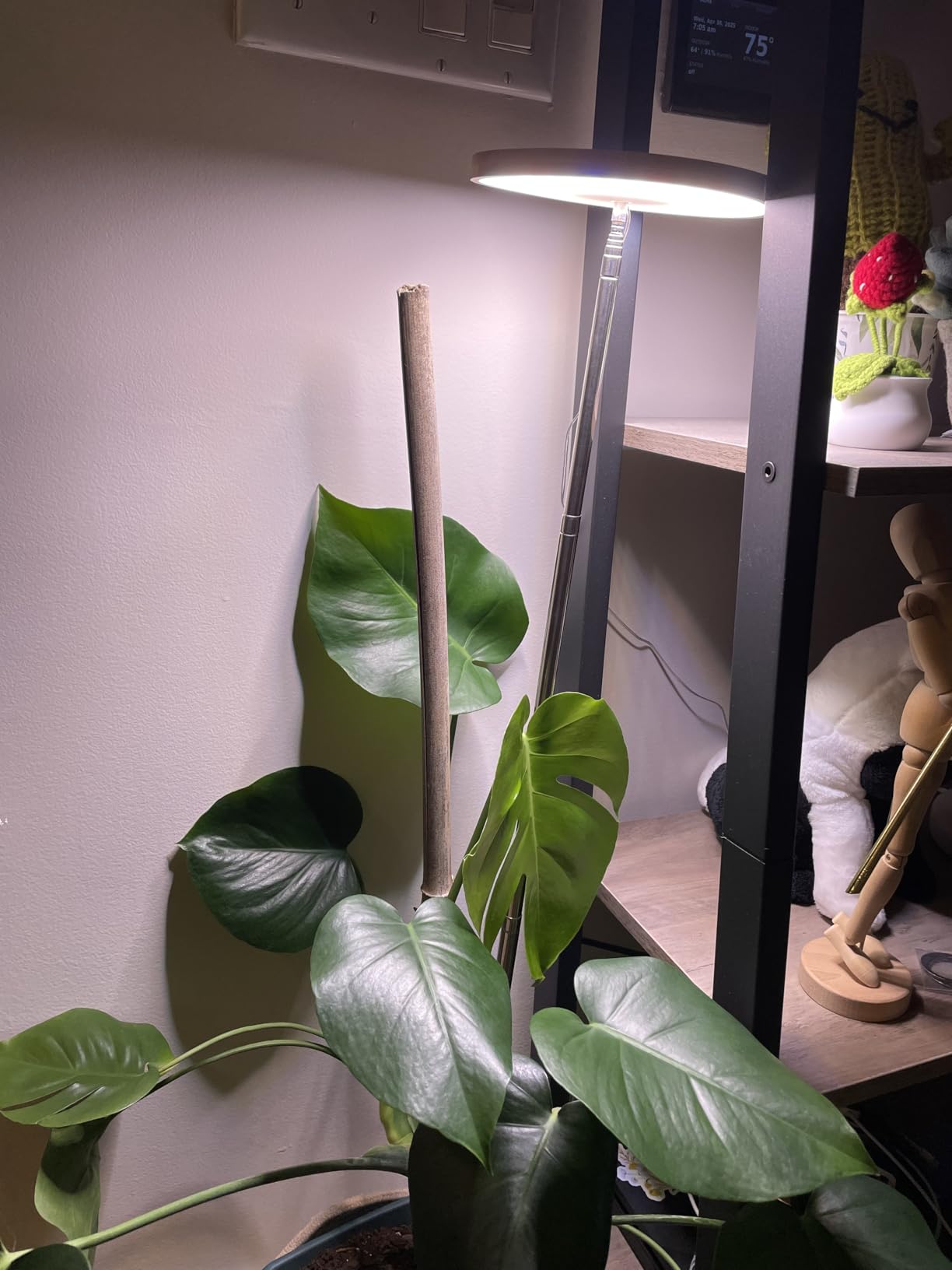Why Grow Lights Are Essential for Plants in Winter

Why Grow Lights Are Essential for Plants in Winter
As the days grow shorter and natural sunlight becomes scarce, many indoor plants struggle to survive, let alone thrive. Winter presents a unique set of challenges for plant enthusiasts and gardeners—low light, cooler temperatures, and shorter photoperiods can all contribute to slowed growth, yellowing leaves, or even dormancy. Thankfully, grow lights offer a reliable solution to help plants stay healthy and vibrant during the coldest months of the year.
1. Compensating for Short Daylight Hours
In winter, daylight can drop to as little as 6–8 hours in some regions—far less than the ideal 12–16 hours of light that many plants require. Grow lights extend the photoperiod, giving plants the light they need to maintain active growth. This is especially helpful for tropical houseplants, herbs, and vegetables that are not adapted to low-light conditions.
2. Boosting Mood for Both Plants and People
A well-lit indoor garden doesn't just benefit plants. In winter, many people suffer from seasonal affective disorder (SAD) due to lack of sunlight. Grow lights can brighten up a space, bringing a warm, sun-like glow that lifts the mood and creates a more vibrant living environment—making indoor gardening a rewarding winter hobby.
3. Supporting Winter Seed Starting
For gardeners preparing for the spring season, winter is the perfect time to start seeds indoors. Grow lights provide consistent, high-quality light for seedlings, helping them grow strong and healthy. Without adequate light, seedlings often become leggy and weak—problems that artificial lighting can easily prevent.
4. Maintaining Edible Plants Indoors
Winter doesn’t have to stop your access to fresh greens. With grow lights, you can successfully grow lettuce, spinach, kale, herbs, and even strawberries indoors, regardless of the weather outside. This not only supports a healthier diet but also reduces reliance on store-bought produce during colder months.
5. Preventing Plant Stress and Dormancy
Many plants go dormant in winter due to insufficient light, which can lead to dropped leaves, halted growth, and increased vulnerability to disease. Supplementing with grow lights keeps plants in active growth, reducing the stress they experience during the season and promoting year-round vitality.
6. Creating a Stable Indoor Environment
Grow lights contribute to a controlled microclimate indoors. Combined with proper watering and humidity, artificial lighting helps maintain ideal growing conditions, even when the outside world is frozen and grey.
Final Thoughts
Winter no longer needs to be a dormant season for your indoor garden. By integrating grow lights into your winter plant care routine, you can keep your plants healthy, enjoy fresh produce, and brighten your living space. Whether you’re nurturing a few houseplants or running a full indoor setup, grow lights offer a simple and effective way to beat the winter blues—for you and your plants.
